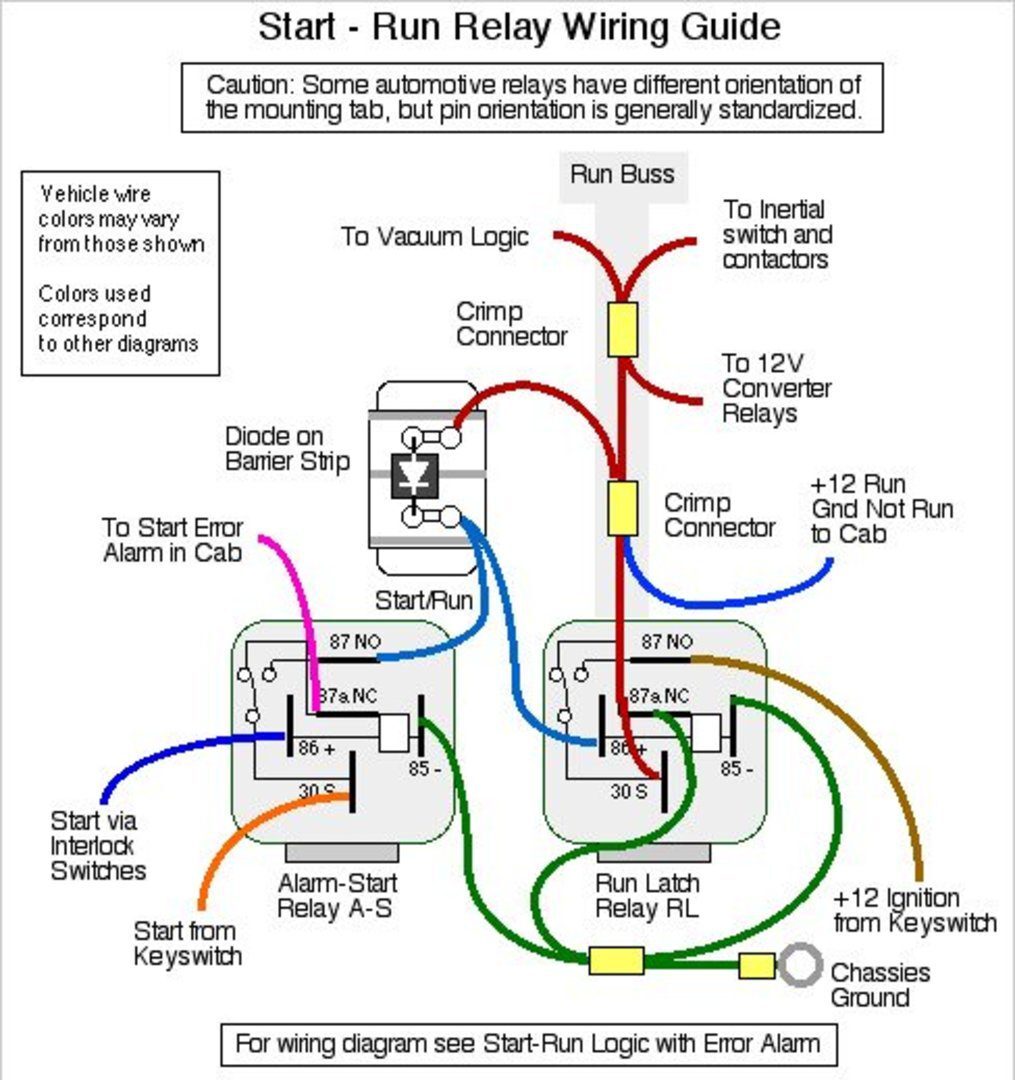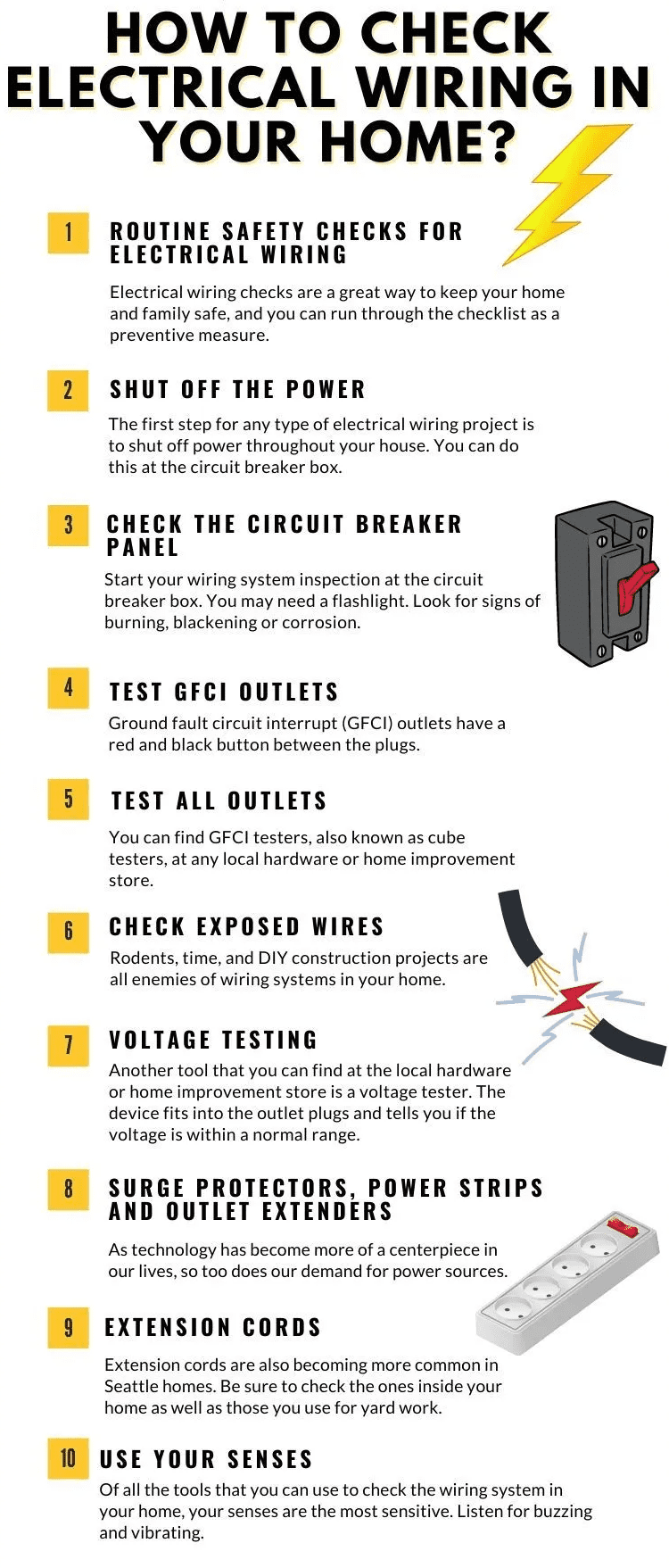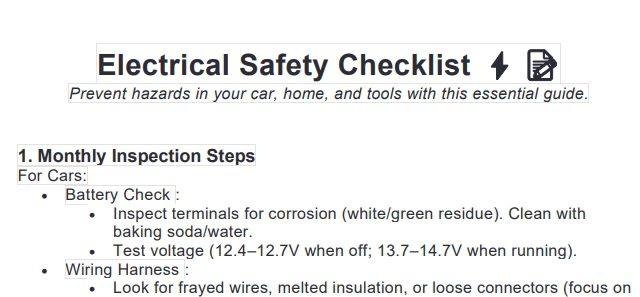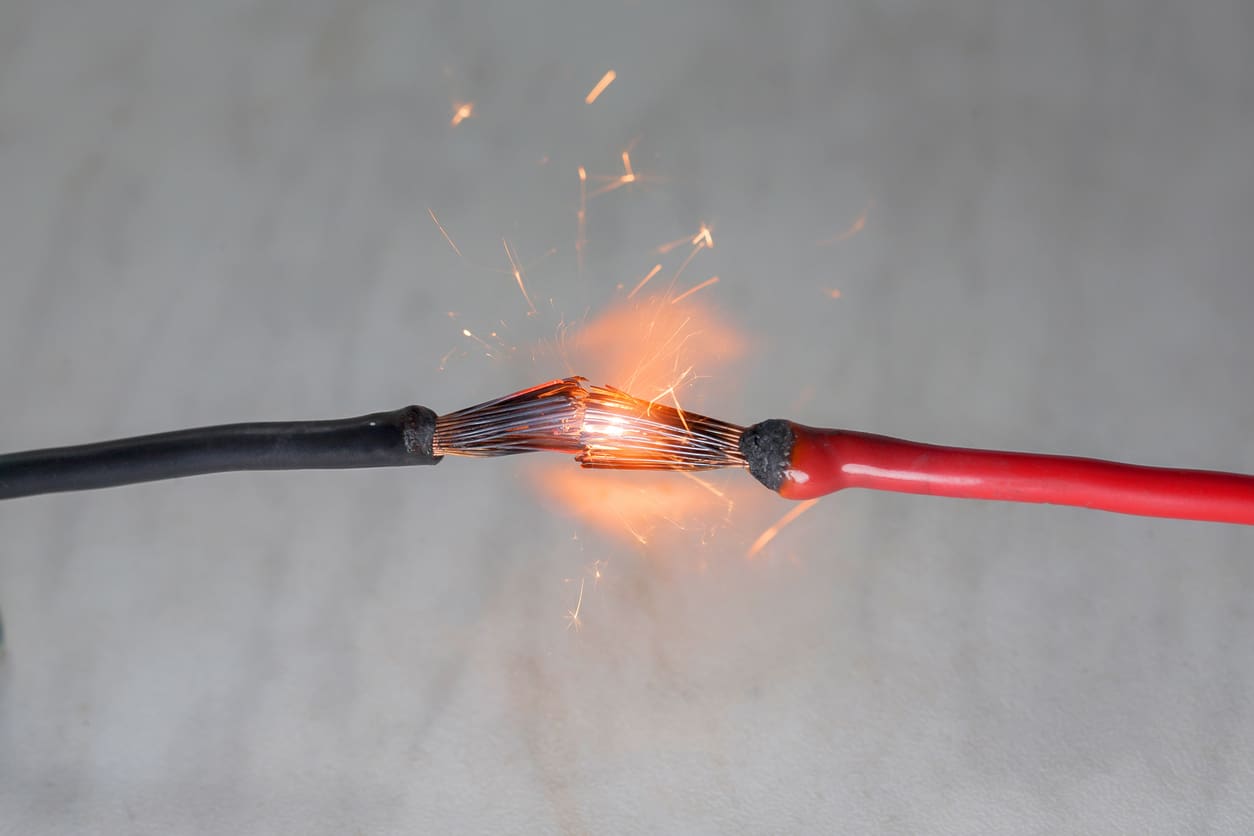Table of Contents
Don’t risk fires or fried circuits! Learn to trace electrical shorts like a pro and protect your property.
1. Why Electrical Shorts Matter ⚠️
Electrical shorts are dangerous faults where current bypasses its intended path, causing:
- Fires from overheated wires (15,000+ U.S. home fires annually [NFPA]).
- Appliance damage due to power surges.
- Vehicle breakdowns (e.g., dead batteries, malfunctioning electronics).
- Electrocution risks in homes or while repairing cars.
Key Stat: 63% of car electrical failures stem from short circuits (AAA).
2. Common Causes in Cars vs. Homes 🚨
🚗 Car Electrical Shorts
- Frayed wires rubbing against metal.
- Corroded connectors or exposed insulation.
- Aftermarket accessories (e.g., faulty stereo wiring).
- Rodent damage (chewed wires under the hood).
🏠 Home Electrical Shorts
- Nails/screws piercing wires in walls.
- Water intrusion in outlets or appliances.
- Loose connections in circuit breakers.
- Aging insulation (common in homes >20 years).
Pro Tip: Use a circuit breaker finder (25–50) to map home circuits safely.
3. Tools You’ll Need 🛠️
| Tool | Price | Purpose |
|---|---|---|
| Multimeter | 20–100 | Measure voltage, continuity, and resistance. |
| Test Light | $10 | Quick checks for live circuits. |
| Insulation Tape | $5 | Temporarily repair exposed wires. |
| Thermal Camera | $200+ | Detect overheating wires behind walls. |
4. Diagnosing Car Electrical Shorts: 5 Steps 🚗🔍
Step 1: Disconnect the Battery
- Always remove the negative terminal first to avoid sparks.
Step 2: Locate the Affected Circuit
- Check the fuse box for blown fuses. A blown fuse often points to a short in that circuit.
Step 3: Use a Multimeter
- Set to continuity mode. Touch one probe to the fuse terminal and the other to ground. A beep confirms a short.
Step 4: Inspect Wiring
- Trace the circuit, looking for damaged insulation or corroded connectors. Focus on areas near heat or movement (e.g., door hinges).
Step 5: Isolate the Short
- Disconnect components (lights, sensors) one by one until the multimeter stops beeping.

5. Diagnosing Home Electrical Shorts: 5 Steps 🏠🔌
Step 1: Turn Off Power
- Shut off the circuit breaker or remove the fuse.
Step 2: Check Outlets & Switches
- Look for burn marks or buzzing sounds. Test with a non-contact voltage tester ($15).
Step 3: Test Appliances
- Unplug all devices. Reset the breaker. If it trips again, the issue is in the wiring.
Step 4: Examine Visible Wiring
- Inspect junction boxes, attic wires, and basement circuits for damage.
Step 5: Use a Multimeter
- Test outlets for ground faults (place one probe in hot slot, the other in ground). A reading below 0.05 ohms indicates a short.
Pro Tip: For hidden shorts, use a toner probe ($50) to trace wires behind walls.

6. Safety Tips to Avoid Shock 🔒
- Wear insulated gloves when handling live wires.
- Never work on wet surfaces.
- Use a GFCI outlet tester ($10) for home circuits.
- Label breakers clearly to avoid confusion.

7. Fixing Shorts: DIY vs. Call a Pro 🧰📞
DIY Fixes
- Replace damaged wire sections with heat-shrink tubing.
- Secure loose connections with wire nuts.
When to Call a Pro
- Breakers trip repeatedly after repairs.
- Burning smell persists.
- Shorts in hard-to-reach areas (e.g., car dashboards, home ceilings).
Warning: Incorrect repairs can void insurance!
8. Top 5 Electrical Short Tools 🛒
| Tool | Price | Best For |
|---|---|---|
| Fluke 101 Multimeter | $70 | Accurate car/home readings |
| Klein Tools Circuit Tracer | $150 | Locating buried wires |
| Ames Infrared Thermometer | $40 | Spotting overheating circuits |
| Gardner Bender Test Light | $12 | Quick car battery checks |
| Southwire Circuit Breaker Finder | $30 | Mapping home breakers |
9. FAQs ❓
Q1: How do I find a short without a multimeter?
A: Use a test light—if it illuminates with the circuit off, there’s a short.
Q2: Why does my car fuse keep blowing?
A: A persistent short in the circuit (e.g., pinched wire).
Q3: Are flickering lights a sign of a short?
A: Possibly, or loose connections. Investigate promptly!
Q4: Can a short drain a car battery overnight?
A: Yes! Parasitic drains often stem from shorts.
Q5: How much does professional short repair cost?
A: 150–500+ for homes; 100–300 for cars.
10. Free Electrical Safety Checklist 📝
[🔗 Download Your Free PDF Here]
Includes:
- Monthly inspection steps for cars/homes.
- Emergency protocols for electrical fires.
- Tool maintenance guide.

11. Prevention Tips 🔧
- Cars: Apply dielectric grease to connectors to prevent corrosion.
- Homes: Install AFCIs (Arc-Fault Circuit Interrupters) to detect shorts.
- Avoid overloading outlets with power strips.
Expand Your Automotive Knowledge 📝
Explore 500+ Free Expert-Curated Guides
🚗 Learn New Skills
From basic maintenance to advanced repairs — clear, actionable tutorials for every skill level.
🌍 Access Anywhere
Mobile-friendly guides with HD visuals. No downloads required.
- Guides & Tutorials
- Car Maintenance 101
- Diagnostics & Troubleshooting
- Seasonal Maintenance
- Budget-Friendly Repairs
- Electrical Systems Guide
- Car Safety & Reliability
- Tools & Product Reviews
- Routine Maintenance
- Car Modifications & Upgrades
- Buying/Selling Guides
- Eco-Friendly Car Care
- Advanced Repairs
- Car Laws & Compliance
- Emergency Repairs
- Future Car Tech


